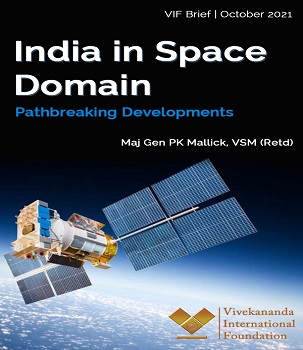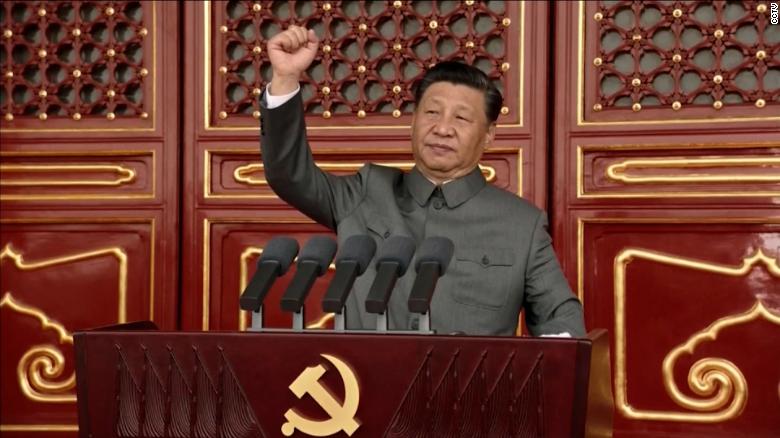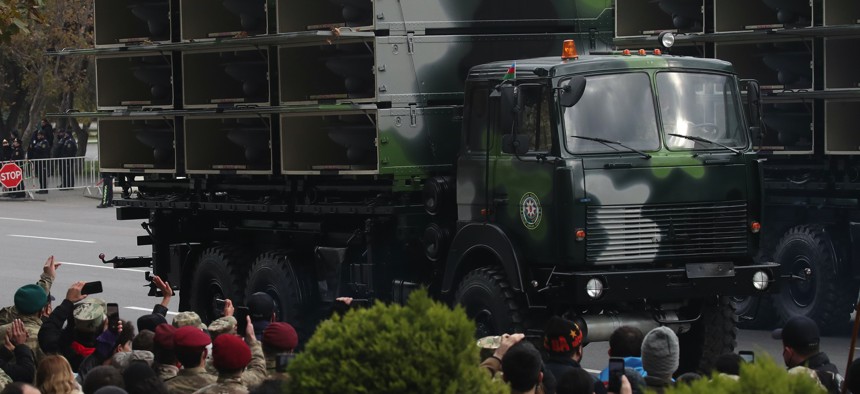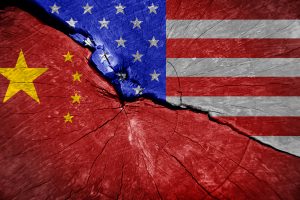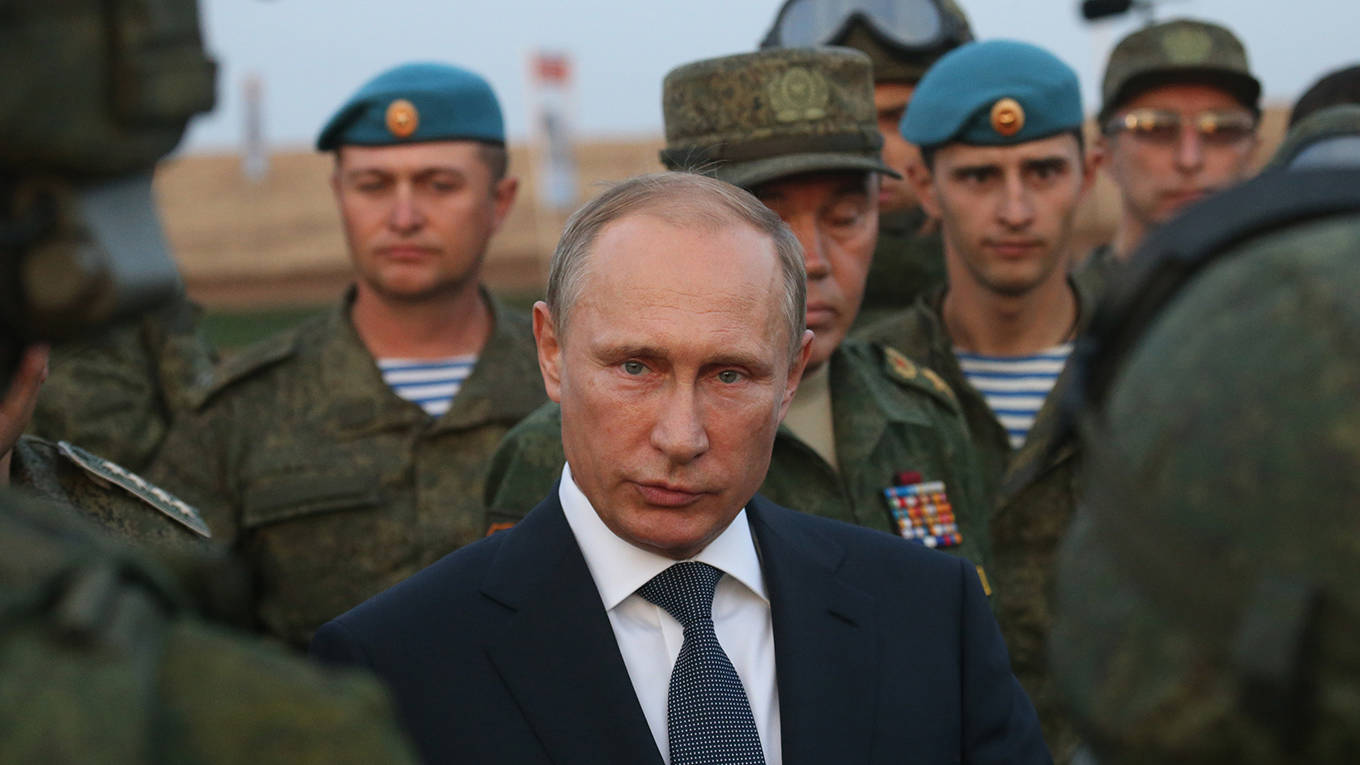Abbas Aroua, Jean-Nicolas Bitter, Simon J. A. Mason
There is no such thing as a “religious conflict,” “environmental conflict,” or “economic conflict” as conflict is always multifaceted, multi-causal and shaped by multiple interactions in a system. A further challenge when seeking to understand and address conflict and prevent violence is the socially constructed and subjective nature of what is seen as the driving or “root cause” of a conflict. Indeed, conflict often entails a disagreement on the causes of conflict. Conflict parties often have different views of the “root causes” between themselves and also often view “root causes” differently from third parties – the reason why many mediators try to avoid the term “root cause” altogether. This conundrum – the complexity of causal interactions, as well as subjective-objective intermingling in conflict analysis – has led to situations in which value systems – be they secular or religious – are often either under- or over-emphasized.
In a scenario of under-emphasizing the role of value systems, an actor is likely to see tangible factors such as poverty, poor governance, physical insecurity, and lack of rule of law as the “root causes” of the conflict. Accordingly, considering religious or secular value systems when addressing such conflicts may be seen as irrelevant or even counterproductive, as it leads to ignoring the real “root causes” of the conflict, namely the tangible, material, and empirically measurable factors. Some Western, secular policies seeking to prevent violence and address conflict are characterized by this tendency.
In a scenario of over-emphasizing the role of value systems, in contrast, an actor is likely to adopt an essentialist view, according to which value systems are seen to drive conflict independently of the given context and the tangible conflict issues and governance reality that different communities are facing. Samuel Huntington’s “clash of civilizations” thesis is an example, but some religious peacebuilding approaches also reflect this tendency.

